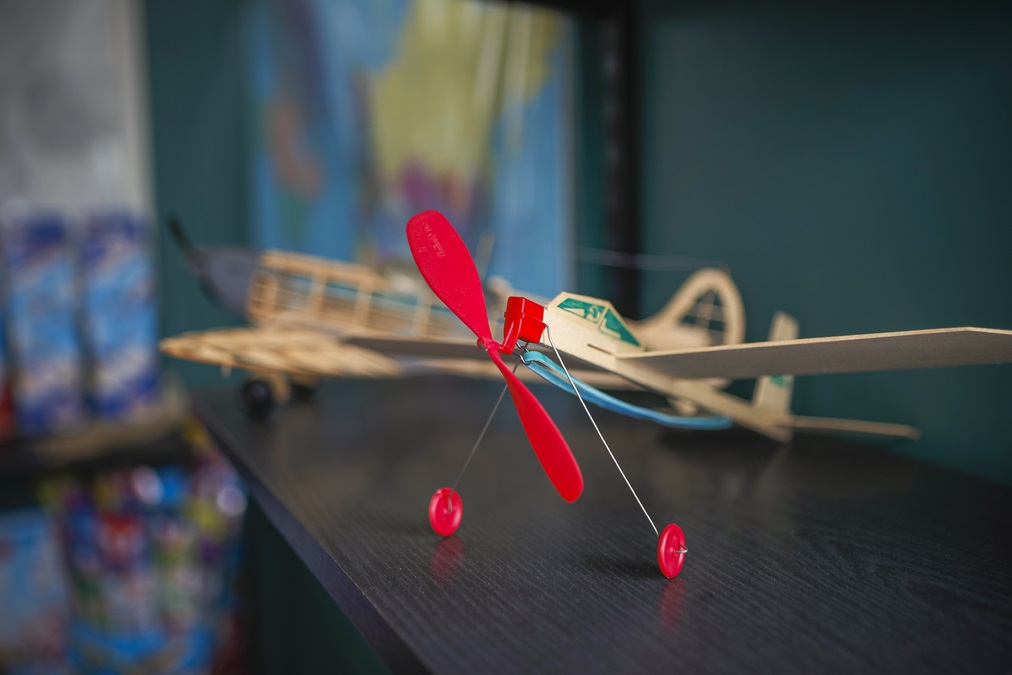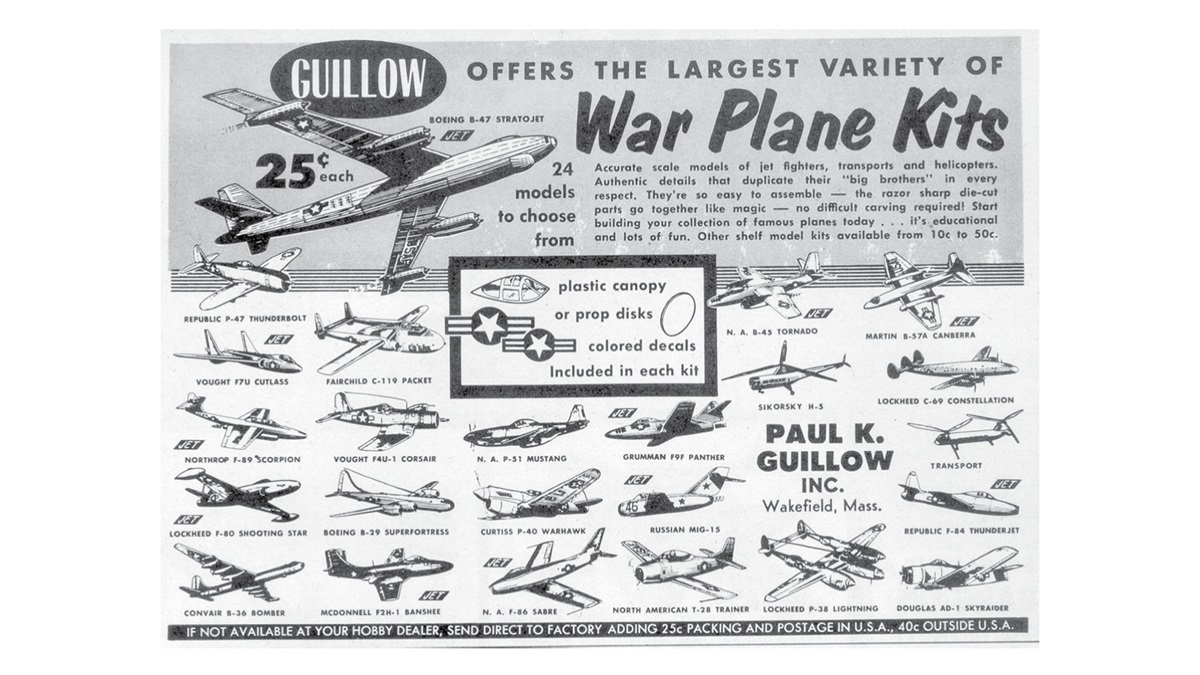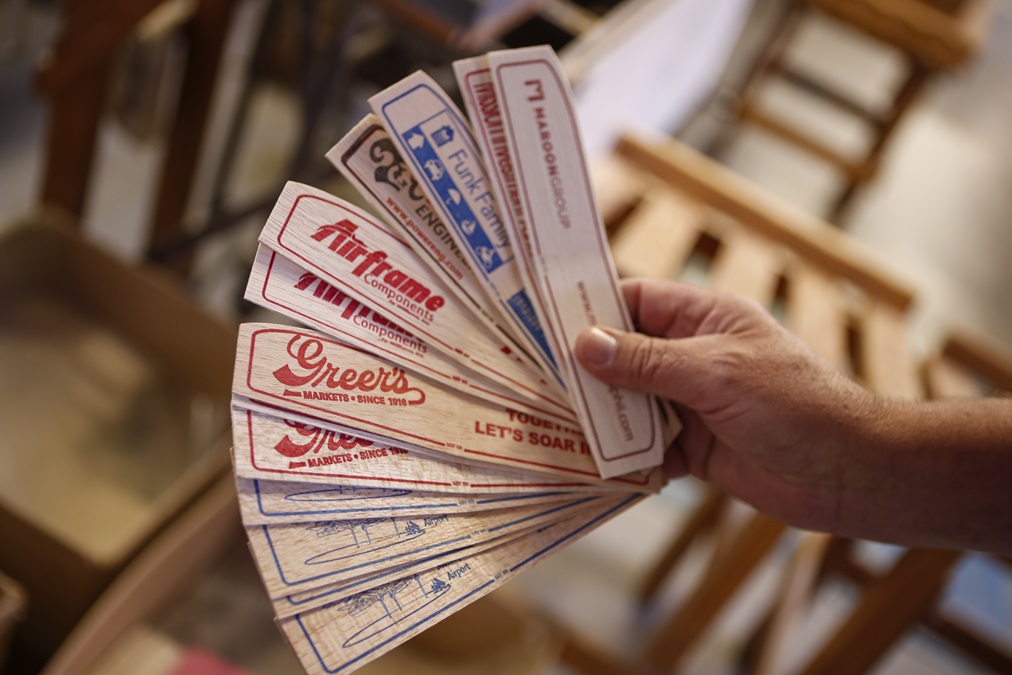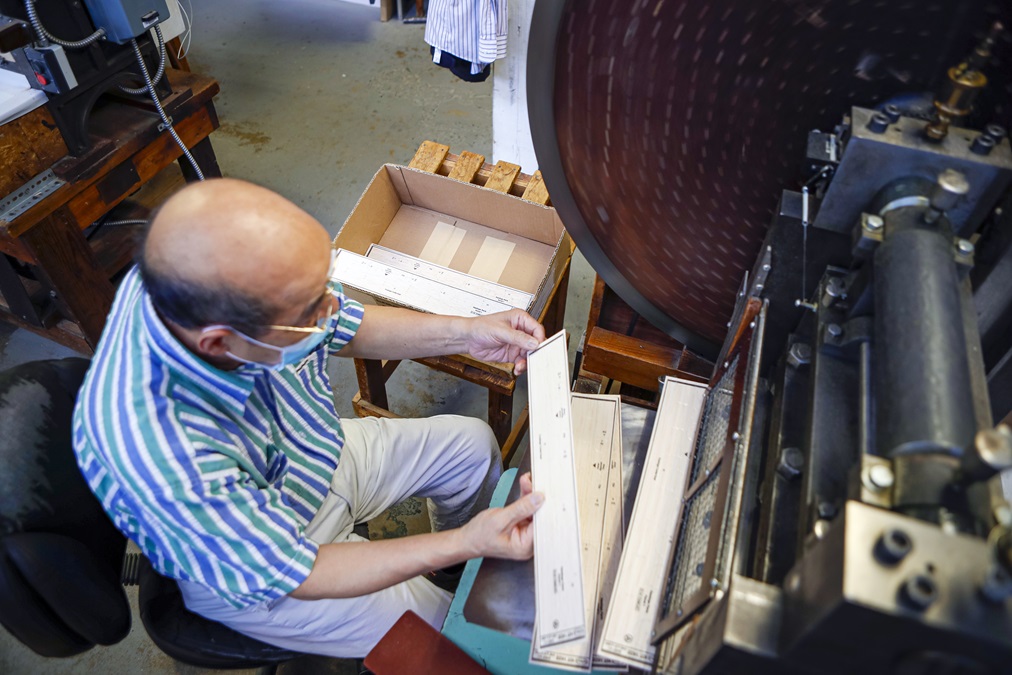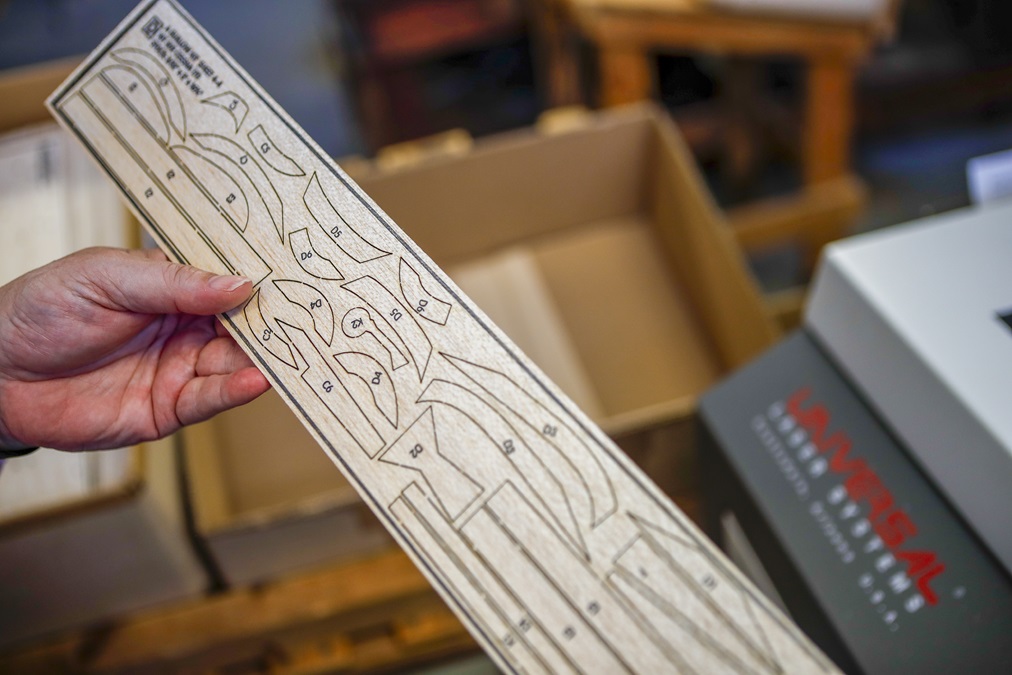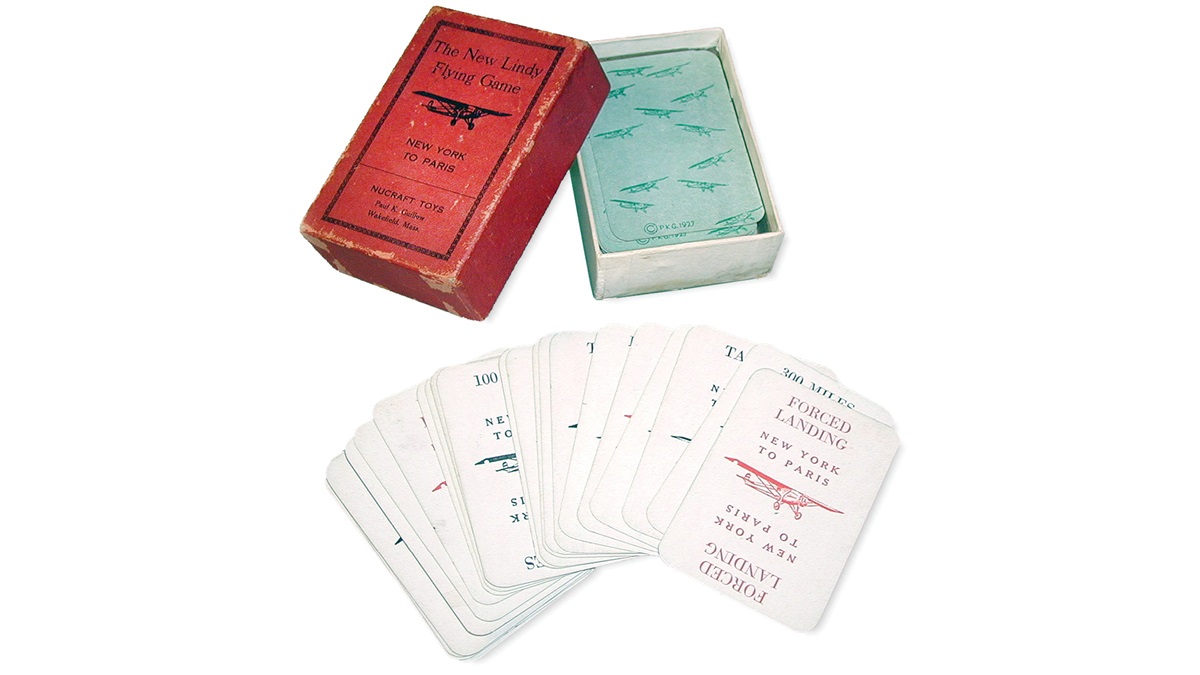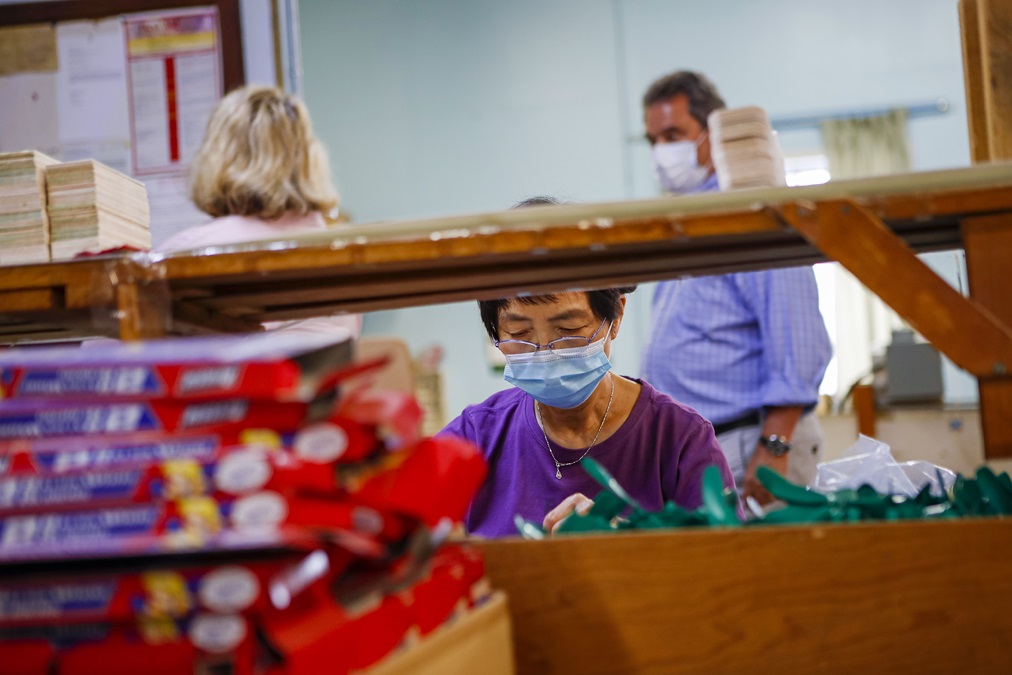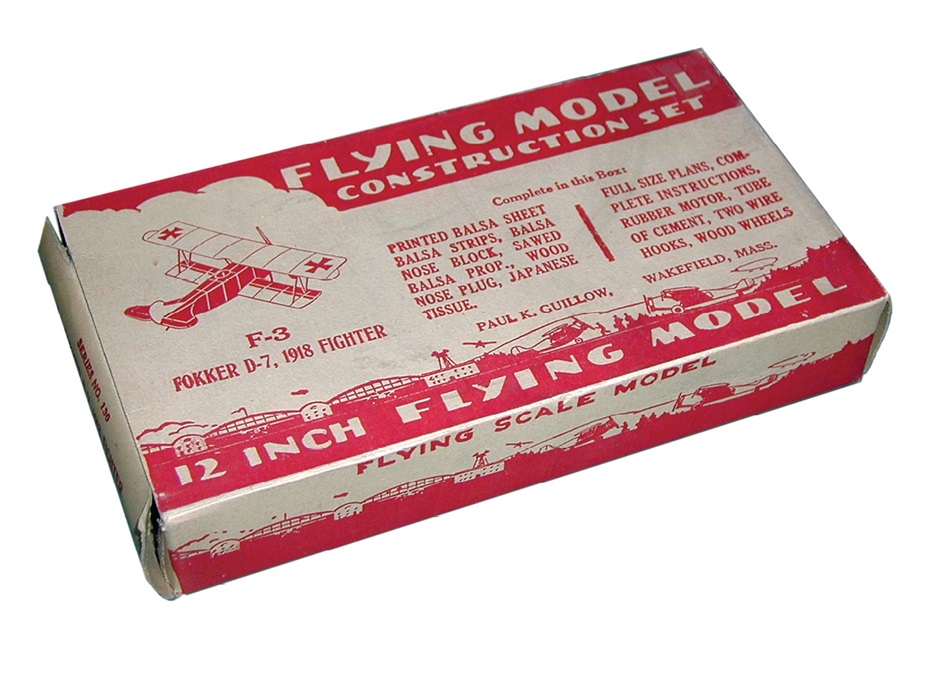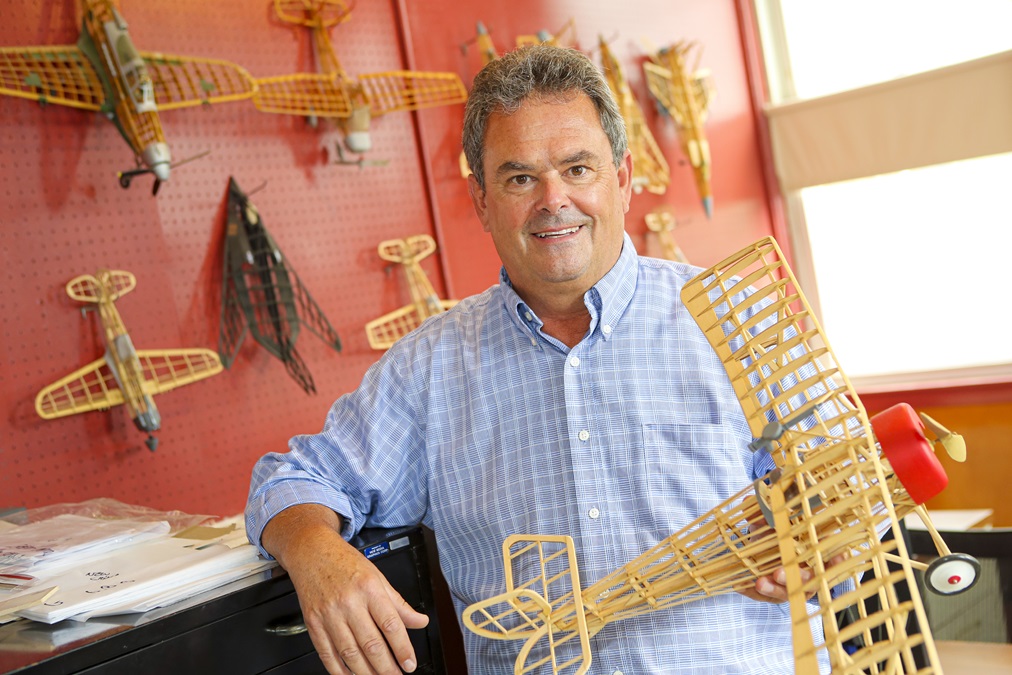Rubberband man
How a World War I pilot introduced generations of children to aviation through balsa wood gliders
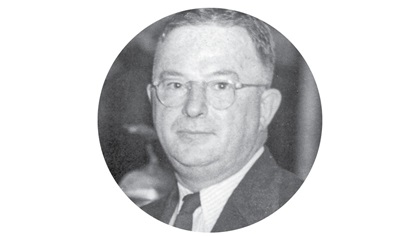 Yep, since 1926 . Paul Guillow returned to Massachusetts after the end of World War I. He was an aviator in the U.S. Navy. He’d fallen in love with aviation, as had the rest of America, and would be caught up in the flying fever after Charles A. Lindbergh flew nonstop to Paris the next year. The enterprising young Guillow created a card game he called “The New Lindy Flying Game” and he sold it from the trunk of his car to kids around New England. But the bigger and badder Parker Brothers toy company had a similar product, so Guillow had to think of something else. He made an airplane out of lightweight wood, anchored a rubber band at the rear of its fuselage and connected it to the propeller; then, when wound, the rubber band acted as the “engine,” and zoom —every kid across the nation had an airplane in their hands. It was far better than a chicken in every pot.
Yep, since 1926 . Paul Guillow returned to Massachusetts after the end of World War I. He was an aviator in the U.S. Navy. He’d fallen in love with aviation, as had the rest of America, and would be caught up in the flying fever after Charles A. Lindbergh flew nonstop to Paris the next year. The enterprising young Guillow created a card game he called “The New Lindy Flying Game” and he sold it from the trunk of his car to kids around New England. But the bigger and badder Parker Brothers toy company had a similar product, so Guillow had to think of something else. He made an airplane out of lightweight wood, anchored a rubber band at the rear of its fuselage and connected it to the propeller; then, when wound, the rubber band acted as the “engine,” and zoom —every kid across the nation had an airplane in their hands. It was far better than a chicken in every pot.
Simpler times
Paul K. Guillow Inc. is in a rabbit-warren maze of buildings on New Salem Street in Wakefield, Massachusetts, a suburb north of Boston, and it has been there since 1928. From his car to a barn to these added-on buildings, Guillow created one of the most iconic and oldest toy manufacturing “plants” in the country. The company has patents on processes, machinery, and plans. In fact, some of the dedicated machines that are used to produce the gliders and the model aircraft parts are so proprietary, AOPA Pilot was asked not to photograph them. To the untrained eye they look like relics from another time. But these industrial-age form makers, die cutters, and wood stackers (for lack of a better name) are key to the manufacturing of Guillow’s more than 300 products, from the balsa wood gliders and promotional products, to model aircraft kits and hobby wood products. Revenue for the company exceeds $5 million annually and—by producing more than 6 million “aircraft” each year—it is the largest aircraft manufacturer in the world.
Guillow started the company with 12 World War I biplane models, each with six-inch wingspans, in kits that he sold for 10 cents. Each kit contained “a three-view plan, balsa wood cement, two bottles of colored dope, and a strip of bamboo for wing and landing gear struts.” These were the warbirds like the Nieuports and Fokker airplanes of the 1914-1918 era; Guillow’s still sells four of these World War I aircraft kits today (for slightly more than 10 cents).
Guillow became an expert in aircraft modeling, writing four books on the topic. By the end of World War II, Guillow’s had scale aircraft models of everything from Spitfires to Mustangs to Warhawks. And they were detailed and authentic; Guillow simply asked the manufacturers for the blueprints, and the companies sent them to him. Then his draftsmen scaled the plans and created the die-cut parts in balsa wood.
Balsa is the softest wood in the world, made from balsa trees, which grow in rainforest areas near the equator such as Ecuador (the largest producer of balsa wood). A balsa tree can grow 70 feet in seven years. The water-absorbing cell structure of the wood is what makes it so lightweight and light in color. While Guillow had used the wood for years, during World War II it became popular for its use in life preservers and life rafts. The shortage forced Guillow’s to use cardboard and try the “new” material: plastic.
After Paul Guillow died in 1951 his wife, Gertrude, led the company with Paul’s brothers. The family company put its efforts into the rubber band gliders, creating a product that was inexpensive and fun for kids—and that could be used by companies for promotional purposes. Guillow’s inked a company or product name on the wings, and spinning gliders became flying advertisements. Guillow’s also stocked the gliders in small convenience stores, an easy point-of-purchase buy for dads heading home after work.
The decline in model kit production might have led to this 1959 letter that the company still keeps on display in its office: “I think that you have the lousiest planes made from the lousiest wood (please take this as an insult). If you make planes like that put extra parts in them so I can fix the broken, rotten, lousy, dirty, crummy airplanes...if your planes aren’t better I will sew you for fraud. Sincerely, Robert Higgins... P.S. drop dead!”
Going strong
Thomas Barker was a high school kid in Wakefield in 1975. He saw a help-wanted sign posted in his school for someone to help the draftsmen of Guillow’s with designing the aircraft models. Barker was in the high school’s drafting program. He applied. Today he is president of the company.
“Most people say I don’t do anything,” he laughs when asked what he does. But it’s clear that this toy airplane company is more than fun and games. Guillow’s gliders and model aircraft kits are sold around the world, finding sources for the all-important balsa wood is increasingly difficult, and the COVID-19 pandemic has seen a bump in sales that the company wasn’t quite prepared for. Like puzzles, books, and other hobbies, building model aircraft has become a way to fill in the hours while quarantined at home.
“Our kits—we call them authentic scale models—have a couple of hundred parts and might make you busy for 40 hours or so building one,” said Barker. “They also fly with rubber band power, which means you wind up the propeller and throw them.”
Barker is not a pilot, nor is long-time designer Mark Tennant (although he is a radio-controlled airplane enthusiast and flies often with friends who are pilots), but both men have deep appreciation for aviation and respect for the aviation industry and the history their models carry. You’ll find detailed information on every model Guillow’s makes, as well as attention to details in the markings and paint. Some of the models look almost art-like, especially before the tissue wrapping, dope, and decals are applied. Tennant displays these “naked” balsa wood structures throughout his design studio, the fine bones and details of a 1:20 scale 1903 Wright Flyer a marvelous testimony to the legacy of fine model building Paul Guillow started more than 90 years ago.
The employees are long-term too. Many are in their 70s and 80s. With the pandemic, Barker closed for a couple months but then offered employees the opportunity to come back if they felt comfortable. Most did. “I love working with our people; most are long term and are like family,” he said. Guillow’s employs nearly 50 people at peak production times.
“Paul Guillow’s dream still lives on in the company today as we continue to strive to keep young and old happily building and flying toy and hobby airplane models. For the past 90 years nearly every American boy, girl, and young at heart have enjoyed the inexpensive balsa wood gliders of the Paul K. Guillow Company. Sunny afternoons flying Guillow gliders have created fond memories and helped imaginations soar,” states the company website, guillow.com.
Email [email protected]

